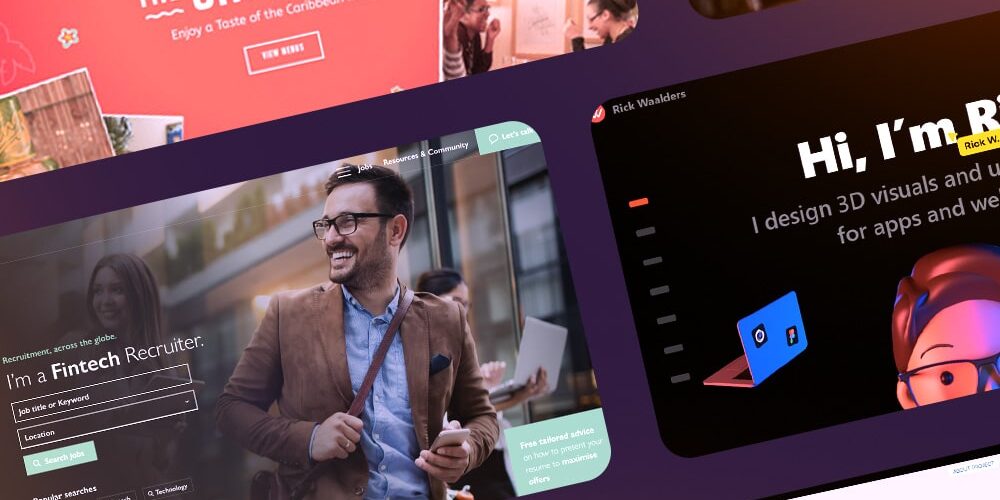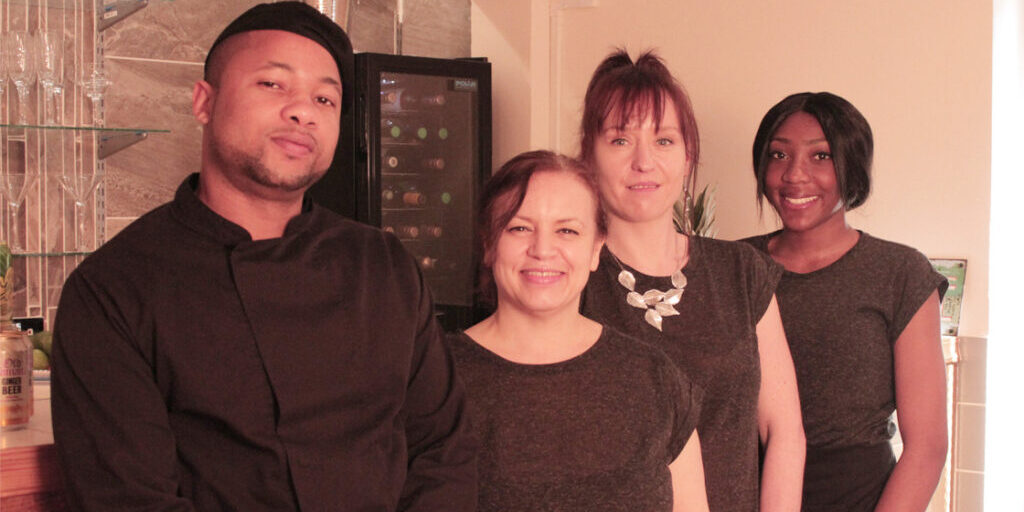It may seem that every blog you read is telling you to connect with various social medias, and there are good reasons for this; countless potential customers are made aware of your company and services via social media. So, you have signed up to Twitter and Facebook, connected to Google+ and LinkedIn, but many of you wont have considered Pinterest.
At first glance it may seem that Pinterest is more for hobbyists and image-makers than it is for businesses, but this is a common misconception. With over 70 million active users this social network is a great way to expand your businesses customer base. By following this simple guide of how to use Pinterest for business, you will not only attract more people to your company, but also start thinking about it more visually. As humans we are able to process images 60,000 times faster than written words, this being the case it is vital not to ignore the one social network that focuses its attention predominantly on images.
Getting Started
Unlike other social networks, Pinterest doesn’t have a specific business page that new users can create. What it does allow is for a regular account to be converted to a business page. These business accounts won’t look different from any other page on the site, what they do have is added analytical tools which enable you to see how many users view your boards and at which times of day. It will also let you know which images are the most repinned.
It is important to complete the “about” section. Right a good description of your company. A short but concise explanation of what you do here will help people to find you via search engines.
Now it is time to start thinking visually. Pinterest is all about giving people information through images, which can then be shared via repins. For businesses new to Pinterest choosing what to share can be confusing.
Creating Boards
What’s great about Pinterest is the ability to create different boards, start by creating a few that reflect your business. Think about your company’s values and interests, and of the culture of your customer base. Include boards that present your products or services, but be cautious. It is important not just to use Pinterest for self-promotion, these images will be of interest to your customers but if that is all you present to them they will soon get bored.
The titles you give your boards should be short and clear. Naming them with key words should ensure they are discoverable by search engines. Don’t be shy, create several boards and share everything from your products and ad campaigns to any infographics you produce, getting these repinned by your followers will boost the overall recognition of your company. Share any images you collect for inspiration, these let your customers see how you work giving a true image of the people behind the business.
What to Pin
Obviously you don’t just want to share other people’s images, as a business you need to create some of your own. If you don’t have an in-house photographer consider using image editing software or even Apps to make your images more visually appealing. Start by experimenting with the sort of images you produce, after a while you will find a style that suits your business and appeals to your customers.
Pinterest also let you share videos, slideshows, and audio content. Consider creating a how-to board to share all your demonstration videos. Alternatively share any company presentations via Slideshare. Remember you are a resource of information, so pin any videos or podcasts, via Soundcloud, that your fans may find useful or interesting.
Pinterest’s Tools
There are a variety of tools available to use on Pinterest, the most exciting of which is their Rich Pins feature. This selection of 5 different pin styles enables users to add further information to pinned images.
Product Pins lets users include pricing, availability, and where to buy the various products, along with notifications for repinners to let them know a product has dropped in prices.
- Recipe Pins enables the inclusion of ingredients, cooking times, and serving instructions.
- Movie Pins lets Pinterest users add ratings, cast members, and reviews.
- Article Pins include headlines, the articles author, and a short story description.
- Place Pins help viewers find locations thanks to the inclusion of maps, addresses, and phone numbers.
Further tools include the Hover Pin; these can be added to images on blogs. These promote the pinning of your businesses images whilst informing users that you use the specific social media. It should be noted though, that Hover Pins do not work on touch devices so be sure to add a Pinterest social media button to your site as well.
Connect With Users
As with every social networking site you need to communicate with your followers. Reply to any comments on your Pins and in turn comment on the posts of others. Pinterest allows users to tag others in their comments and posts so it is likely that customers may mention you, be sure to thank them for any positive comments and answer any queries.
Pinterest Etiquette
When pinning images that are not your own be sure to check its copyright status. Never assume others have checked the ability to reuse images, always look at this before repinning. After making sure you are legally able to use an image it is always good practice to credit the source.
Adding a watermark to your images will inform Pinterest users of where the image originated, should your page not have been credited. Watermarks should not be too imposing and distract from the image, but they should be placed in such a way that they cannot be removed via cropping.
Get Pinning
Now you know the basics of Pinterest it is time to get Pinning. If you are stuck on the sort of images you should be using check out the pages of your competitors. Find businesses that are successfully using the social network, and draw inspiration from them.
Pinterest has the ability to not only add to your client base but it is a great way to learn how to think about your company visually. Use it to experiment with different looks and create a style that fits in with your businesses brand and ethics.
THE word in professional, persuasive, digital writing. Specialists in writing, tweeting and social sharing for businesses across the globe.
Get more leads, make more sales, grow your brand faster.






